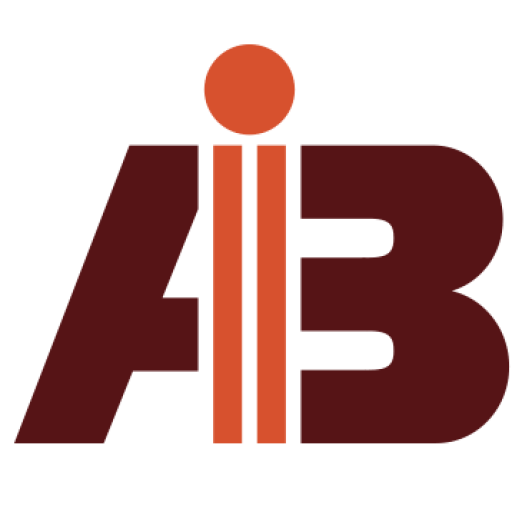How to Read & Understand Your Insurance Policy
Insurance is essential for protecting your business, assets, and financial future, but let’s be honest—insurance policies can be overwhelming.
Key Takeaways
01
Many business owners and individuals don’t fully read or understand their policies—until something goes wrong.
02
The exclusions section lists situations, damages, or risks that are NOT covered by your policy.
03
The conditions section outlines the rules you must follow to keep your coverage valid. Endorsements (also called riders) are modifications to your standard policy that add, remove, or change coverage.

Insurance is essential for protecting your business, assets, and financial future, but let’s be honest—insurance policies can be overwhelming. Packed with legal jargon, fine print, and complex clauses, they often leave policyholders unsure about what’s actually covered.
Understanding your insurance policy is key to ensuring you have the right protection and avoiding surprises when it’s time to make a claim. In this guide, we’ll break down the key components of an insurance policy and how to interpret them effectively.
Why Understanding Your Insurance Policy Matters
Many business owners and individuals don’t fully read or understand their policies—until something goes wrong. Here’s why you should take the time to review your coverage:
✅ Avoid unexpected claim denials – Know what’s covered and what’s not.
✅ Ensure adequate protection – Don’t assume you have enough coverage.
✅ Prevent coverage gaps – Policies may have exclusions that leave you vulnerable.
✅ Make informed decisions – Understanding your policy helps you adjust coverage as needed.
Let’s break down the key sections of your insurance policy so you can read it with confidence.
1. Declarations Page – The Policy Snapshot
This is typically the first page of your insurance policy and provides a summary of key details, including:
📌 Policyholder Information – Your name or business details.
📌 Policy Number – Essential for reference when filing claims.
📌 Coverage Period – The start and end dates of your policy.
📌 Covered Risks & Limits – The maximum amount the insurance company will pay for claims.
📌 Premium Amount – How much you’re paying for coverage.
📢 Tip: Double-check that all details are accurate. Errors in names, addresses, or coverage amounts could cause issues later.
2. Insuring Agreement – What’s Covered?
This section outlines what the insurance company promises to cover and under what conditions. It includes:
🔹 Covered perils – Events or circumstances covered by the policy (e.g., fire, theft, liability claims).
🔹 Who is covered – Whether coverage extends to employees, partners, or family members.
🔹 Responsibilities of the insurer and policyholder – The conditions you must meet to maintain coverage.
📢 Tip: If you’re unsure whether a specific event is covered, look for this section or consult your broker.
3. Exclusions – What’s NOT Covered?
The exclusions section lists situations, damages, or risks that are NOT covered by your policy. Some common exclusions include:
❌ Natural disasters (unless you have specific coverage)
❌ Wear and tear or maintenance-related damage
❌ Intentional damage or fraudulent activities
❌ Certain high-risk activities (e.g., operating a business from home under a personal policy)
📢 Tip: If your policy excludes something essential to your business or lifestyle, ask about endorsements or additional riders for coverage.

4. Conditions – Your Responsibilities
The conditions section outlines the rules you must follow to keep your coverage valid. This may include:
✔️ Paying premiums on time
✔️ Notifying the insurer of significant changes (e.g., moving, hiring employees, expanding a business)
✔️ Reporting claims promptly and providing accurate information
📢 Tip: Failure to meet policy conditions can result in denied claims! Always read this section carefully.
5. Endorsements & Riders – Customizing Your Coverage
Endorsements (also called riders) are modifications to your standard policy that add, remove, or change coverage.
🔹 Need flood insurance? Add an endorsement.
🔹 Want higher liability limits? You can upgrade with a rider.
🔹 Running a business from home? You might need a home-based business endorsement.
📢 Tip: If your insurance needs change, talk to your broker about adding the right endorsements.
6. Definitions Section – Decoding the Jargon
Insurance policies contain technical terms that might be confusing. The definitions section explains these terms, such as:
📖 Deductible – The amount you must pay before your insurance kicks in.
📖 Premium – The cost of your insurance policy.
📖 Peril – A specific risk or cause of loss (e.g., fire, theft).
📖 Named Insured – The person or entity legally covered under the policy.
📢 Tip: If you see an unfamiliar term in your policy, refer to this section for clarification.
7. How to Review Your Insurance Policy Like a Pro
✅ Read your declarations page first – This gives you a high-level overview of your coverage.
✅ Check exclusions carefully – Make sure you’re aware of what’s NOT covered.
✅ Look for any gaps in coverage – If something important is missing, ask about endorsements.
✅ Consult your insurance broker – If anything is unclear, don’t hesitate to ask questions.
📢 Remember: An insurance policy is a legal contract. Understanding it now can save you from financial headaches later.
Final Thoughts
Your insurance policy is more than just a piece of paper—it’s your financial safety net. Taking the time to understand your coverage before you need it can help prevent costly surprises and ensure you’re fully protected.
Need help reviewing your policy? Our team of experts is here to answer your questions and help you find the right coverage. Contact us today!
FAQs About Comprehensive Insurance Coverage
While comprehensive insurance typically costs more than basic coverage due to its extensive protection, the peace of mind and financial security it provides can outweigh the higher premiums.
Standard policies often cover specific risks, while comprehensive insurance offers broader protection. Depending on your assets and risk tolerance, comprehensive insurance can provide more complete coverage.
Yes, most insurers allow you to customize comprehensive policies to fit your specific needs, ensuring you’re not paying for unnecessary coverage while getting the protection you need.
Let’s Connect
Talk to Our Team
Contact our team today to learn more about how AIB can help your organization.

